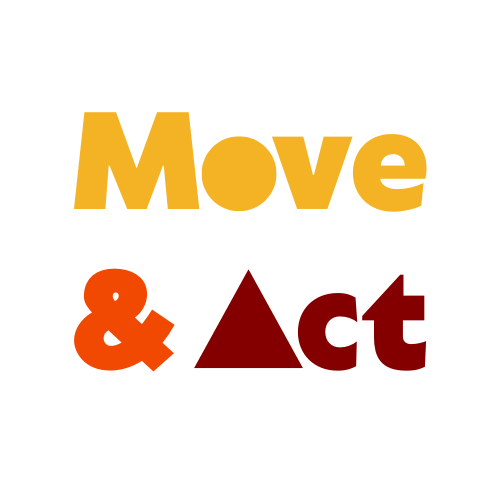
Webinars: Artistic & Digital Skills
WEBINAR NO.1: ART instead of a pill – a therapeutic aspect of art. Collage
During this webinar, you will discover the therapeutic potential of art as a means of self-expression and healing. You will realize that creating artwork does not require special preparation or learning, and you will be empowered to explore your artistic abilities freely. The webinar focus on collage as an accessible technique, providing a solid understanding and practical knowledge to create your own collage-based artwork. By the end of the session, you will leave with newfound confidence and skills, ready to engage in the self-therapeutic practice of art, understanding the versatility of collage, and capable of producing captivating artwork using this technique.
Trainer: Magdalena Zawisza
WEBINAR NO.2: Disability in Art History
The webinar provides a comprehensive exploration of topics related to human identity, representation of the body in visual culture, and the expression of disability within societal frameworks. You will examine how the human body is visually represented in various forms of art and media, analyzing the social, cultural, and historical influences that shape these representations. Furthermore, you will explore the intricate relationship between formations of disability and prevailing notions of normality, hybridity, and anomaly, uncovering the ways in which these concepts intersect and influence societal perceptions and attitudes.
Trainer: Sofia Mastrokoukou
WEBINAR NO.3: Visual Vernacular
During the visual vernacular webinar, you will embark on an enriching learning journey. You will have the opportunity to acquire new artistic skills by delving into a unique technique of art. Through demonstrations, you will learn how to effectively utilize your body as tool for creating visually captivating artwork. You will explore the expressive potential of movement, gestures, and postures, discovering the dynamic relationship between the body and visual art. Moreover, you will develop a keen eye for recognizing and appreciating the distinct characteristics of visual vernacular. By the end of the webinar, you will have expanded your artistic repertoire, empower yourself with the ability to engage in visual art through body-centric approaches, and cultivate a deep understanding and appreciation for the richness of visual vernacular.
Trainer: Nicola Della Maggiora
WEBINAR NO.4: Successful VR art practices & Basic Knowledge of Text-to-Image AI (AI Art Generator)
During this webinar you will gain an understanding of text-to-image AI, learning about various AI tools used in art creation and exploring examples. You will effectively engage with this technology, honing your skills in prompt formulation (prompt engineering) to properly utilize the tools. Ethical implications of technology will be emphasized, ensuring you engage responsibly. The potential of VR in art will be explored, enabling you to identify ways to incorporate your art into VR and understand its commercial possibilities.
Trainer: Lukaš Kuzminski and Mª Elena Chapa de la Peña
WEBINAR NO.5: 3D Printing basics
The webinar on 3D Printing Basics provides participants with essential knowledge and skills. You will learn to describe the basic principles of 3D printing (3DP) technology, understand the various 3DP technologies, and identify the materials used in Fused Deposition Modeling (FDM) printing. Additionally, you will explore the wide range of existing applications and artistic activities that utilize 3DP, gaining insights into how this technology has transformed industries and empowered artists.
Trainer: Markos Jivaridis
WEBINAR NO.6: 3D Printing Hardware and Software
During the webinar you will gain the ability to describe the basic parts of an FDM 3D printer and recognize the significant characteristics that contribute to a high-quality final print. You will also learn how to fine-tune an FDM printer by properly feeding the filament, leveling the printer’s bed, and implementing other adjustments to achieve superior printing quality while avoiding common failures. Furthermore, you will acquire the skills to import, manipulate, and slice 3D models using a slicing program, understanding the crucial role of this step in preparing models for printing. Lastly, you will grasp the impact of important slicing parameters on the printing quality of a 3D model, enabling them to optimize settings such as layer thickness, support structures, and print orientation to achieve desired results.
Trainer: Markos Jivaridis
